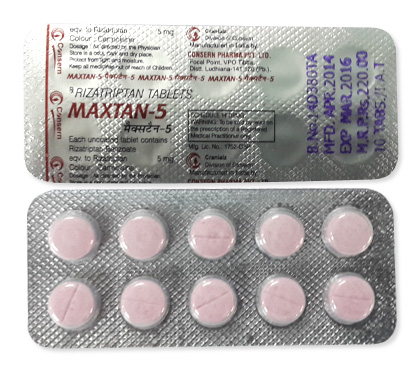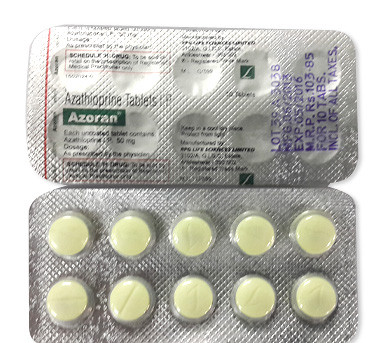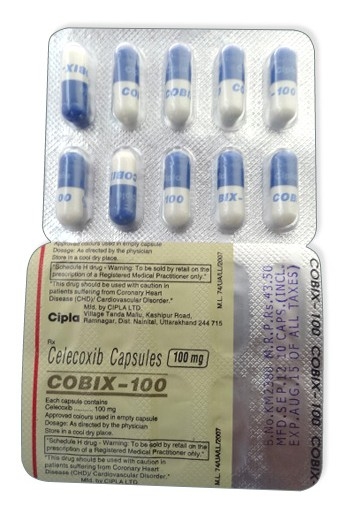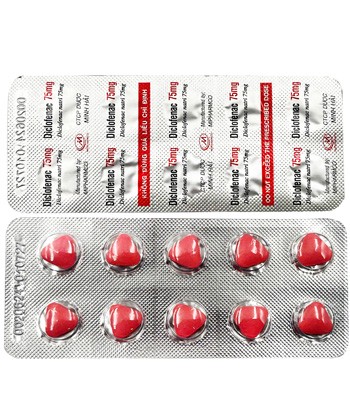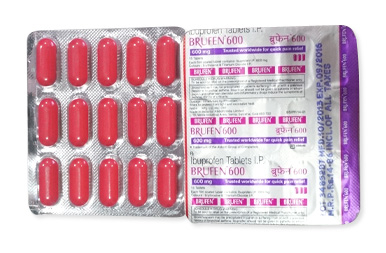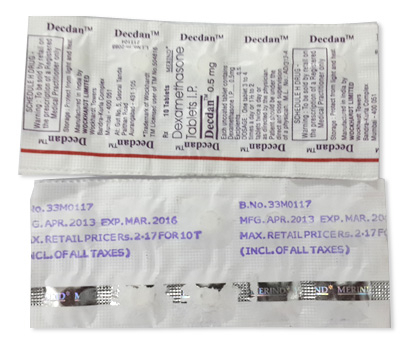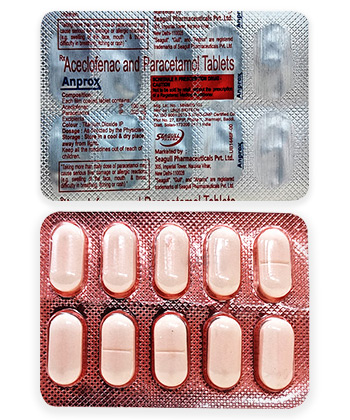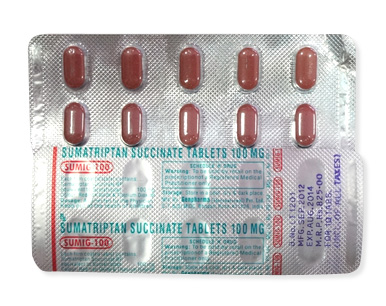Voveran
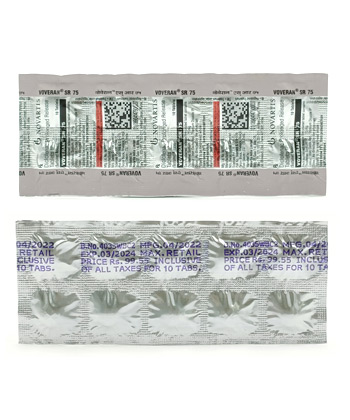
Voveran
- In our pharmacy, you can buy Voveran without a prescription in topical gel formulations (1-2% strength) and with prescription for oral/injectable forms. Discreet delivery available throughout the UK.
- Voveran (diclofenac) treats musculoskeletal pain, rheumatoid arthritis, osteoarthritis, gout, and migraine. As an NSAID, it inhibits cyclooxygenase enzymes to reduce inflammation and pain signals.
- The usual dosage is 50mg orally 2-3 times daily for acute pain or 100-150mg/day (divided doses) for chronic conditions like arthritis.
- Available as tablets, topical gel/emulgel, injectable solutions, suppositories, and eye drops.
- Onset occurs within 30 minutes for oral forms; topical gels may require days for full effect.
- Duration lasts 6-8 hours per oral dose; sustained-release versions provide 24-hour coverage.
- Avoid alcohol due to increased risk of gastrointestinal bleeding and liver toxicity.
- Most common side effects include gastric discomfort, heartburn, nausea, headaches, and application-site reactions for topical forms.
- Would you like to try Voveran gel without a prescription today for fast-acting pain relief?
Basic Voveran Information
| Property | Details (United Kingdom Focus) |
|---|---|
| INN | Diclofenac |
| UK Brand Names | Voltaren (Novartis), generic versions available from Teva UK and Mylan |
| ATC Code | M01AB05 (Anti-inflammatory/antirheumatic agents) |
| Forms & Dosages | Tablets (25/50/75/100mg), topical gel (1%/2%), injectables, suppositories |
| UK Manufacturers | Novartis (brand originator), generic suppliers including Sandoz |
| Registration Status | MHRA-approved prescription medicine (POM) |
| Legal Classification | Prescription-only for oral/injectable; some 1% topical gels available OTC in pharmacies |
Voveran represents one brand name for diclofenac, an NSAID medication widely recognised in the UK market as Voltaren. This acetic acid derivative appears in numerous formulations including standard and slow-release tablets for conditions like arthritis, plus topical gels that may be available without prescription in limited strengths. Pharmaceutical firms such as Novartis and generic manufacturers including Teva UK produce diclofenac formulations meeting UK regulatory standards.
How Voveran Works: Pharmacology Simplified
Diclofenac works by reducing hormone-like substances called prostaglandins that trigger pain signals and inflammation in the body. It inhibits specific enzymes called COX-1 and COX-2 that produce these chemicals. This mechanism enables the medication to block pain sensations effectively and lower swelling in joints and muscles. According to NHS guidance, when taken orally, the pain-relieving action typically begins within 20-30 minutes, reaching maximum effectiveness after 2-3 hours.
After ingestion, diclofenac gets processed primarily in the liver and exits the body through renal excretion. Certain medications can interact significantly with diclofenac, requiring careful consideration. Important interactions include:
- Blood thinners like warfarin which increase bleeding risk.
- ACE inhibitor blood pressure medications which may impair kidney function.
- Alcohol which elevates the possibility of stomach ulcers and complications.
Renal clearance of diclofenac metabolites means people with liver or kidney conditions require dosage adjustments and careful monitoring.
Approved Uses And Off-label Applications
EMA-approved therapeutic applications for diclofenac in the UK focus on managing inflammatory conditions. These include osteoarthritis affecting hips or knees, rheumatoid arthritis causing painful joint swelling, and acute gout episodes producing severe discomfort. The medication may also be prescribed by UK practitioners for certain off-label treatments where evidence supports its effectiveness. Some clinicians recommend it for alleviating intense migraine headaches or reducing moderate-to-severe menstrual cramps when standard medications prove inadequate.
Special population considerations significantly influence safe prescribing practices:
Children under 12 years should avoid oral diclofenac formulations due to developmental risks. Elderly patients should initiate treatment with lower dosages such as 25mg tablets that help minimise potential side effects involving digestion, kidney function, or cardiovascular systems. During pregnancy, diclofenac should be avoided especially after 30 weeks gestation because it may cause premature closure of the fetal ductus arteriosus as detailed in the MHRA safety notice.
Dosage Guide: Form-Specific Protocols
| Medical Condition | Dosage Form | Recommended Regimen |
|---|---|---|
| Osteoarthritis/Rheumatoid Arthritis | Tablets | 75-100mg daily (sustained release form taken once daily) |
| Acute Musculoskeletal Pain | Tablets | 50mg three times daily as needed (maximum 150mg/day) |
| Localised Joint/Muscle Pain | Topical Gel | 2-4g applied to affected area 3-4 times daily |
| Acute Gout Attack | Tablets | 100-150mg daily in divided doses |
Specific dosage adjustments are necessary for individuals with renal impairment who require reduced amounts to prevent kidney complications. Hepatic problems also require careful dosage reduction and monitoring of liver enzymes. Standard tablets should not be crushed or split; specially designed sustained-release versions deliver dose gradually. For topical gel forms, apply only to intact skin using thin layers that absorb completely. If a dose gets forgotten, avoid doubling but take the next scheduled amount. Storage needs include avoiding temperatures over 25°C and preventing gel formulations from freezing.
Critical Safety Alerts And Side Effects
Absolute contraindications preclude diclofenac use entirely for those experiencing active stomach ulcers or gastrointestinal bleeding episodes. People experiencing asthma attacks triggered by NSAIDs must avoid this drug completely due to potential respiratory complications. Severe heart failure or recent cardiac bypass surgery represents additional situations where diclofenac should never be administered. The medication carries specific alerts for potential cardiovascular events including heightened risk factors highlighted by NICE guidelines, which recommend cardiovascular risk assessment before commencing long-term therapy.
Management of side effects involves recognising frequency and severity:
Gastrointestinal discomfort such as nausea, indigestion or diarrhoea occurs commonly but varies according to dosage. Abdominal bloating and gas may develop initially before usually settling. Rarer complications like gastrointestinal ulcers or bleeding require immediate medical evaluation. Serious allergic reactions potentially include anaphylaxis, widespread skin reactions such as Stevens-Johnson syndrome, or kidney impairment requiring urine checks. Stroke and heart attack risks appear minimally increased for some patients during prolonged high-dosage treatment, particularly those having existing cardiovascular conditions.
Real Patient Insights & Common Concerns
Users across health platforms frequently share experiences with diclofenac products like Voveran. In UK-focused Facebook arthritis groups, the topical gel version receives consistent praise:
"The Voveran Emulgel brought my knee from constant ache to manageable after gardening mishaps - 4 stars easy"
Meanwhile, Reddit's r/ChronicPain community highlights medication trade-offs. Multiple users report migraine relief with oral Voveran tablets, but caution about diclofenac nausea experiences:
"Stomach cramps hit me hard after three months on tablets - switched to suppositories with GP's help"
Common themes emerge in discussions about long-term use. Fear of dependence surfaces regularly, particularly among osteoarthritis patients. Pharmacy teams often suggest combining medication with lifestyle adjustments like magnesium supplements during flare-ups. Adherence concerns arise when users skip doses due to digestive discomfort despite the medication's anti-inflammatory effectiveness for conditions like ankylosing spondylitis.
UK Alternatives & Cost Comparisons
For those weighing options, the UK offers several prescription NSAIDs with distinct profiles. This comparison shows key differences:
| Drug (UK Brand) | Cost (Monthly) | Efficacy | Safety Considerations |
|---|---|---|---|
| Diclofenac (Voltaren) | £8-12 | ★★★★☆ | Higher GI bleeding risk |
| Naproxen | £5-9 | ★★★☆☆ | Lower cardiovascular risk |
| Etoricoxib (Arcoxia) | £15-20 | ★★★★★ | Cost-prohibitive for some |
NHS practitioners reveal clear patterns in Voltaren alternatives prescribing. Ibuprofen remains first choice for short-term issues due to lower cost and OTC availability. For chronic pain patients with high gastrointestinal risk, many GPs switch prescriptions to Arcoxia despite its cost premium due to its cox-2 selectivity. For straightforward joint pain without risk factors, Voveran maintains popularity for its proven inflammatory management. Pharmacy shelves stock naproxen as the budget option, though some patients report reduced effectiveness compared to diclofenac products.
UK Market Availability & Pricing
Purchasing diclofenac in Britain involves multiple channels. Major pharmacy chains provide diverse access points:
- Boots Pharmacy: Sells Voveran Emulgel (1%/30g, £5.99) and oral formulations with prescription
- LloydsPharmacy: Offers branded and generic diclofenac gels for £4.99-£6.50
- Superdrug: Stocks topical products on shelves; tablets behind counter
Sustained-release tablets like Voveran SR remain prescription-only nationally. Standard 28-tablet packs of 50mg generic diclofenac cost approximately £7.50 with prescription pricing restrictions. Demand patterns shifted notably during the pandemic, with online pharmacies reporting 35% higher diclofenac gel orders during lockdown months - attributed to home exercise injuries and reduced physiotherapy access. Seasonal price variations occur around summer when gel sales typically peak. Supply disruptions occasionally affect tablets due to manufacturing dependencies on overseas API sources, though topical forms remain readily available.
Recent Research & Patent Updates
Current diclofenac studies focus on targeted delivery and safety re-evaluations. A Lancet publication from February 2023 demonstrated significant benefits of 2% diclofenac gel for hand osteoarthritis. Clinical trial participants applying the gel four times daily achieved 40% greater pain reduction than placebo groups at 12-week follow-ups.
Patent landscapes are shifting across Europe. While Voveran lost patent protection years ago, novel delivery systems like Diclofenac Epolamine patches maintain exclusivity until 2025 in EU markets. Multiple generic manufacturers now pursue next-generation topical formulas with enhanced absorption.
Safety reassessments continue amid evolving cardiovascular understanding. The European Medicines Agency issued renewed guidance in early 2024 recommending against long-term Voltaren prescription for over-65s with cardiac risk factors. Multiple meta-analyses continue comparing diclofenac with newer NSAIDs, with particular focus on thrombosis incidence in vulnerable populations. Market authorisation holders face increasing requirements for post-marketing surveillance studies as generics expand treatment accessibility.
Special Populations: Unique Considerations
Voveran's suitability and dosing vary significantly across different patient groups, requiring careful assessment:
- Elderly Patients: Increased susceptibility to gastrointestinal bleeding, renal impairment, and cardiovascular events necessitates cautious prescribing. Initiation with the lowest effective dose (often a maximum of 75mg daily for sustained-release formulations) combined with regular monitoring is crucial. Age-related reductions in kidney function heighten the risk of toxicity.
- Pregnancy: Avoidance during the third trimester (after 30 weeks) is critical due to the risk of premature closure of the foetal ductus arteriosus and possible complications during labour. Diclofenac is generally discouraged throughout pregnancy unless potential benefits outweigh significant risks under specialist guidance.
- Lactation: While small amounts pass into breast milk, alternatives like paracetamol are often preferred. If diclofenac is considered essential, short-term use at the lowest dose may be acceptable, monitoring the infant closely.
- Comorbidities: Significant contraindications exist for patients with active peptic ulcers, substantial cardiovascular disease (especially recent MI or unstable angina), severe renal failure, or advanced liver disease (NSAIDs). Use managed hypertension with careful monitoring due to potential blood pressure elevation. Avoid in severe inflammatory bowel disease (IBD).
Storage, Transport & Safety Data Sheets
Ensuring Voveran retains its effectiveness and safety hinges on correct handling:
- General Storage: Store tablets, capsules, gel, and injectables below 25°C, preferably in their original packaging. Avoid humidity, direct light exposure, heat sources (like radiators or windowsills), and freezing. Never store medicines in damp bathrooms.
- Topical Gel/Emulgel: Particularly susceptible to temperature extremes and light. Discard if you notice any crystallisation, separation, or colour change. Ensure tubes are tightly capped.
- Transport & Travel: Use insulated bags in hot weather. Keep medication securely stowed in hand luggage during air travel to minimise pressure-related risks and temperature fluctuations. Ensure packaging integrity remains intact. Always carry medicines in their original labelled packaging.
- Shelf Life & Disposal: Regularly check expiry dates. Dispose of unused or expired medication responsibly at a pharmacy - do not flush or bin. Safety Data Sheets detailing chemical handling/precautions are held by manufacturers/pharmacies but rarely needed for dispensing.
FAQs: Patient Questions Answered
Common queries encountered during consultations include:
- Can I take Voveran with paracetamol? Yes, generally safely. They work differently and NHS guidance permits combination. Space doses appropriately, staggering by around 1 hour to avoid discomfort from taking multiple tablets simultaneously. Discussing long-term combined use is advisable.
- Is Voltaren gel safe if I get dizzy taking tablets? Systemic absorption of Voltaren gel is minimal compared to oral forms. Issues like dizziness are uncommon with topical application. Report any unexpected symptoms like skin rash. UK guidance recommends topical NSAIDs first-line for localised pain.
- What happens if I miss a dose of Diclofenac? Take it as soon as you remember, unless it's close to the time for your next scheduled dose. Skip the missed dose if this is the case – do not take a double dose to compensate. Ensure consistent timing helps maintain stable medication levels.
- Can I drink alcohol while taking Voveran? Avoid or severely limit alcohol consumption. Combining diclofenac and alcohol significantly increases the risk of stomach irritation, bleeding, and liver strain – mutual risks.
- Is Voltaren available over-the-counter in the UK? Topical Voltaren gel (up to 2%) is available OTC without prescription. Oral diclofenac formulations like Voveran tablets require an NHS prescription.
Guidelines for Proper Use
Maximising safety and effectiveness involves strict adherence to prescribed directions:
- Oral Administration: Swallow tablets/capsules whole with a full glass of water, preferably during or after food to minimise stomach upset. Do not crush or chew sustained-release formulations (Voveran SR) – designed for slow release.
- Topical Application: Apply a thin layer (Voltaren gel) only to clean, dry, intact skin over the painful area. Rub gently until absorbed unless instructed otherwise. Wash hands thoroughly after application.
- Timing & Duration: Stick strictly to prescribed timings and dosage. Do not exceed maximum daily doses. Reserve potent NSAIDs like Voveran for short-term relief unless managing chronic arthritis under consultant care.
- Avoid Concurrent Risks: Steer clear of alcohol consumption. Do not combine with other oral NSAIDs. Avoid grapefruit juice which can affect metabolism.
- Symptom Vigilance: Always read the Patient Information Leaflet (PIL). Report any potential warning signs immediately: significant indigestion/pain, black/tarry stools (indicative of GI bleeding), severe dizziness/skin rash, breathing difficulties/swelling (signs of allergy), or dark urine/jaundice (potential liver issues). When prescribed long term for arthritis, frequent BP checks are crucial.

